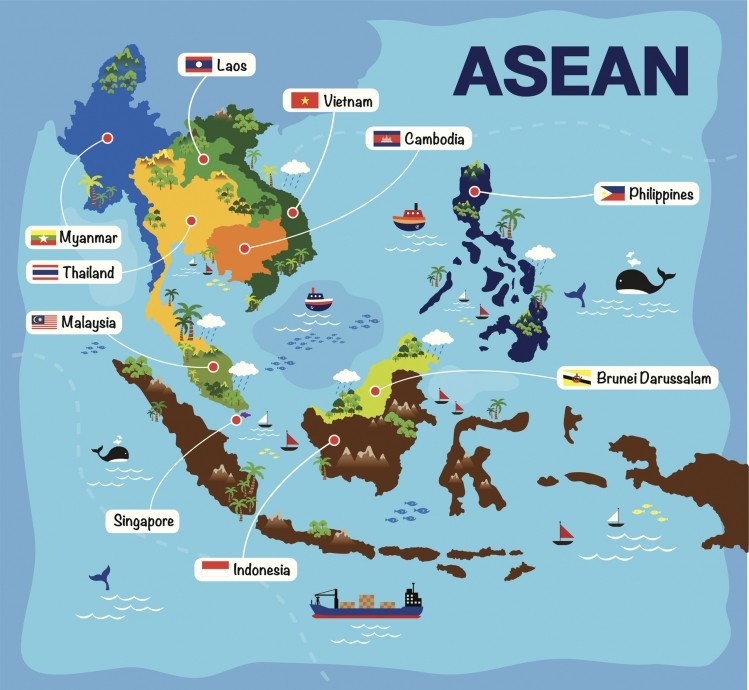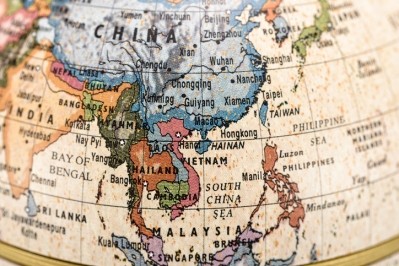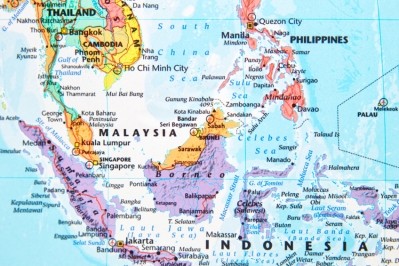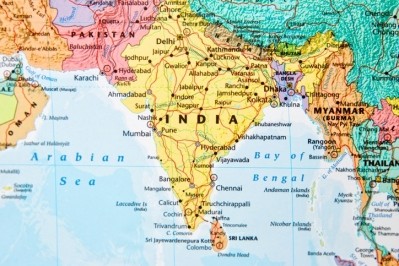Dispatches from One, Alltech's Ideas conference
Industry consolidation, dairy production offer opportunity in Vietnam

We caught up with Matthew Smith, vice president of Asia-Pacific for Alltech at One, Alltech’s Idea’s Conference to hear more about the opportunities present for the feed industry in Vietnam, as the country progresses, and the role that Alltech seeks to play.
“When we look at the growth of the feed industry, the growth of our own business across the Asia Pacific region in general, we focus, and have always focused heavily upon the major markets such as China and India,” he told us. “The countries that compose Southeast Asia, when looked at in isolation may appear to not be relatively key players in a global marketplace, let alone a regional market place.”
In Vietnam, the feed industry grew about 21% from 2016 to 2017 and produced almost 19m tons of feed, he said.
“It’s important that we focus on looking at that group of countries [in ASEAN] and what they can contribute internally and externally,” he said.
The group of 10 countries in the Association of Southeast Asian Nations, which includes Vietnam, have a range of possibilities, he said.
Opportunities in Vietnam
When Alltech started work in the country in the 1990s, Vietnam was beginning to modernize, said Smith. And, the agricultural industry helped play a role in that process.
Currently, the pork and poultry industries dominate the feed use and production in the country, he said. But, the largest area for opportunity may be in dairy production.
“Of the demand for milk in Vietnam only 30% is supplied through domestic production,” he said. But the sector generates about $70bn in sales annually, he added.
About 45% of the population is still involved in agriculture, he said. But as the country continues to modernize, that may shift to allow for consolidation of farms.
“They have a lot of very, very small farms in Vietnam and really what’s going to have to happen to allow Vietnam to follow through on its vision is consolidation similar to China,” said Smith. “They’re going to have to look for an increase in productivity that will mean that the percentage of people employed in agriculture is probably going to change.”
But that shift should allow for more of the population to transition to work in other industries that are starting to emerge in the country as foreign companies focus there as part of “China plus one” efforts, he said.
‘China plus one’
The idea behind China plus one efforts is that when businesses invest in China to increase the scale of their production, they also look to another country in the region where they could expand a secondary production, said Smith. “Vietnam is really a country of choice for people who have a China plus one strategy,” he added.
“So I think there’s increasing opportunity to be employed,” he said. “For those who move away from agriculture, it will mean a much more consolidated industry, but a much more efficient industry.”
The industry consolidation is already starting to happen, he said.
Remaining challenges
There are however, some challenges still to be addressed in working in Vietnam and for the expanding feed industry there, said Smith.
The economic climate is considered favorable to foreign investment and the economy is growing, he said. But, the regulatory environment is bureaucratic, complicated and rules are sometimes enforced in an ‘ad hoc’ manner.
“I believe they are trying to simplify the whole business of regulation and registration, but it is taking time,” he said.
Additionally, there is not the same focus on food retail presented in the same the way, he said. “Retail is a concept that’s relatively new in a lot of the Asian markets,” he added.
But as incomes improve there is an increasing interest in packaged food, said Smith. “The pushback through the agri-industry pushes that move from a subsistence market to a much more commercial opportunity for farmers to integrated business,” he added.
“We see an increase in those type of businesses starting to emerge in Vietnam – predominantly on the swine side,” he said. “About 65% of the feed produced will go to the swine market.
There also are concerns about environmental issues and waste management from industrial agricultural production, he said. “As agricultural production industrializes, so does the amount of waste, so do the concerns over the environment,” he added.
There also are several examples of companies that have expanded, sometimes with investment from outside supporters, while maintaining environmental standards, said Smith. These include companies like TH Milk and Australis.
Alltech in Vietnam
Increasingly, Alltech is looking to highlight the ways that it can help producers be more sustainable, said Smith. The main sales area for the company would be in organic mineral products.
“The biggest single opportunity within that growing market is the opportunity to showcase how we can help reduce the environmental load,” he said. “Increasing the usage of organic minerals in the Alltech range based on the demonstrable effects that we have in terms of less contamination in the environment [and] less wastage – that would be the single biggest opportunity.”
The company has already seen an increasing interest in premixes for use in animal feeds, he said. It also has invested in new facilities in both Ho Chi Minh and in the northern part of the country.
“The south is probably more open to foreign investors, [and] the culture is slightly different,” said Smith. “It’s a very complicated market in terms of brands and brand choice.”
However, the next area for business consideration likely will be on investing in manufacturing, he said.








